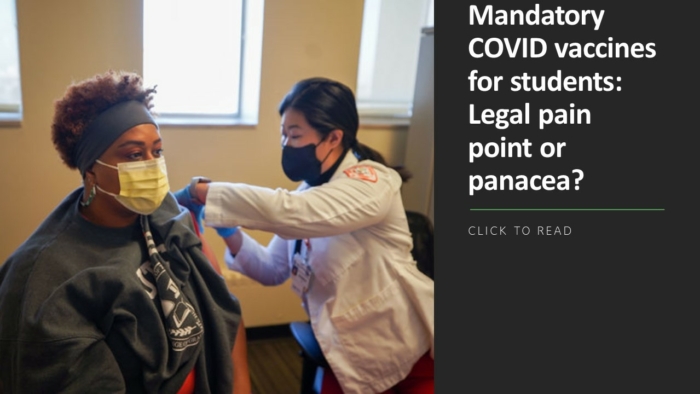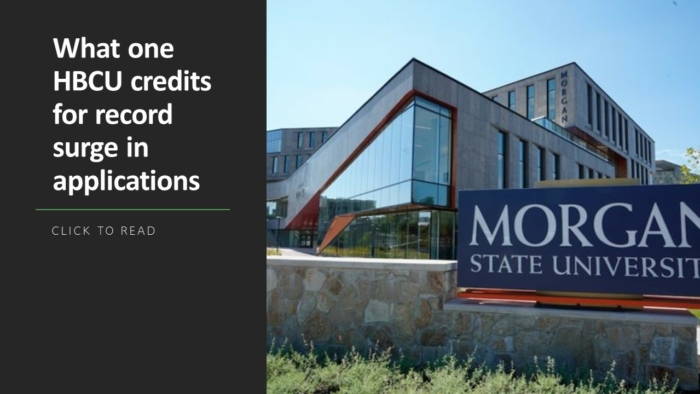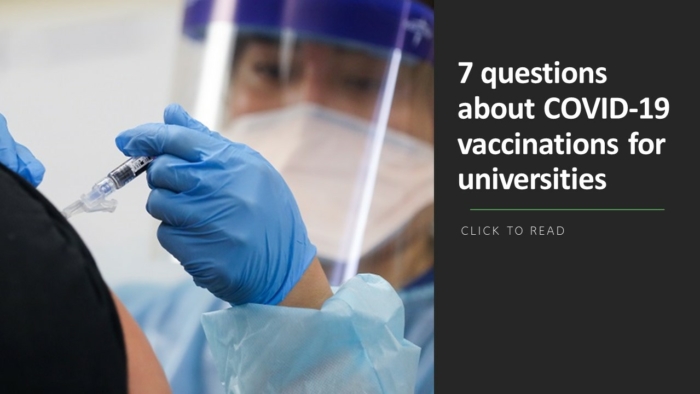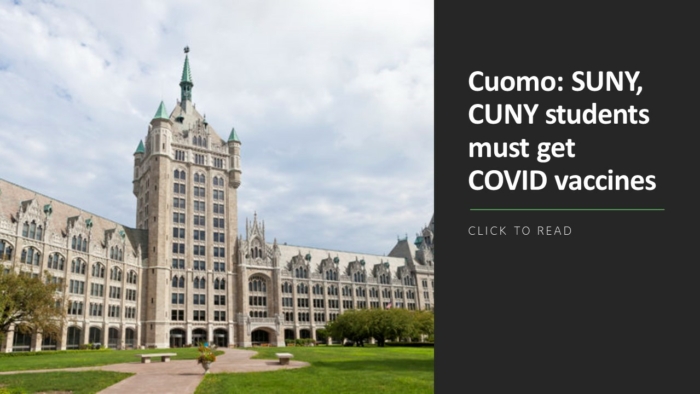What is a “wicked problem”? When it comes to higher ed, they are “structural, pervasive societal challenges that are subject to real-world constraint,” say analysts at WGU Labs, the research arm of Western Governor’s University.
“Colleges are failing to meet the needs of students and the result is a crisis for universities—public perception is wavering and students are seeking career-aligned credentials elsewhere,” according to WGU Labs’ new report, “Solving Higher Education’s Wicked Problems.”
Here’s a quick overview of higher ed’s seven wicked problems and how WGU Labs suggests solving them:
Problem 1: Postsecondary access
More flexible learning environments are required to meet the needs of new learner populations. This will elevate the role of instructional designers who can create new ways for students to access and absorb tech-enabled content. The report predicts an increase in open learning content, educational resources, and courses.
Problem 2: Financial aid
Higher ed leaders and researchers will continue to explore alternative models of financial support and how to more efficiently dispense aid to “students who are caught between paying essential bills and staying in school,” the report says. Employers who want to upskill and retain employees will have a bigger role in supporting learners financially. Also, institutions will have to better structure aid for students working toward short-term certificates and micro-credentials.
Problem 3: Student belonging
It will be harder for campus leaders to foster student belonging as demand increases for virtual instruction and other flexible learning methods. Campuses will have to figure out how to use technology to bring students together and provide updated training to faculty and other student-facing staff.
Problem 4: Tech-enabled learning
Campus educators will have to get a handle on concepts of digital tool management to discover the technologies that best meet students’ needs and develop multi-year roadmaps for adopting ed-tech solutions.
Problem 5: Diverse learning pathways
Competency-based education is emerging as a key way of showing higher ed’s return on investment, aligning instruction to workforce needs and filling workforce shortages. Under the banner of competency-based education, colleges and universities can now work to match the principles of learning science with marketplace demands.
Problem 6: Learning-to-work transition
The transition from learning to work can be rocky for students and employers. Administrators are now investing more heavily in career assistance resources for students and embedding them into the core learning experience.
Problem 7: The future of learning
Higher ed is not structured to support the “continuous work-learn cycles that are required in the modern workforce,” the report says. In 2023, colleges and universities will further diversify their offerings of micro-credentials, short-term certifications, and other flexible, workforce-oriented skills to drive enrollment and compete with other industry certification programs.
More from UB: Holiday stress—7 reasons students don’t feel merry and bright about winter break








